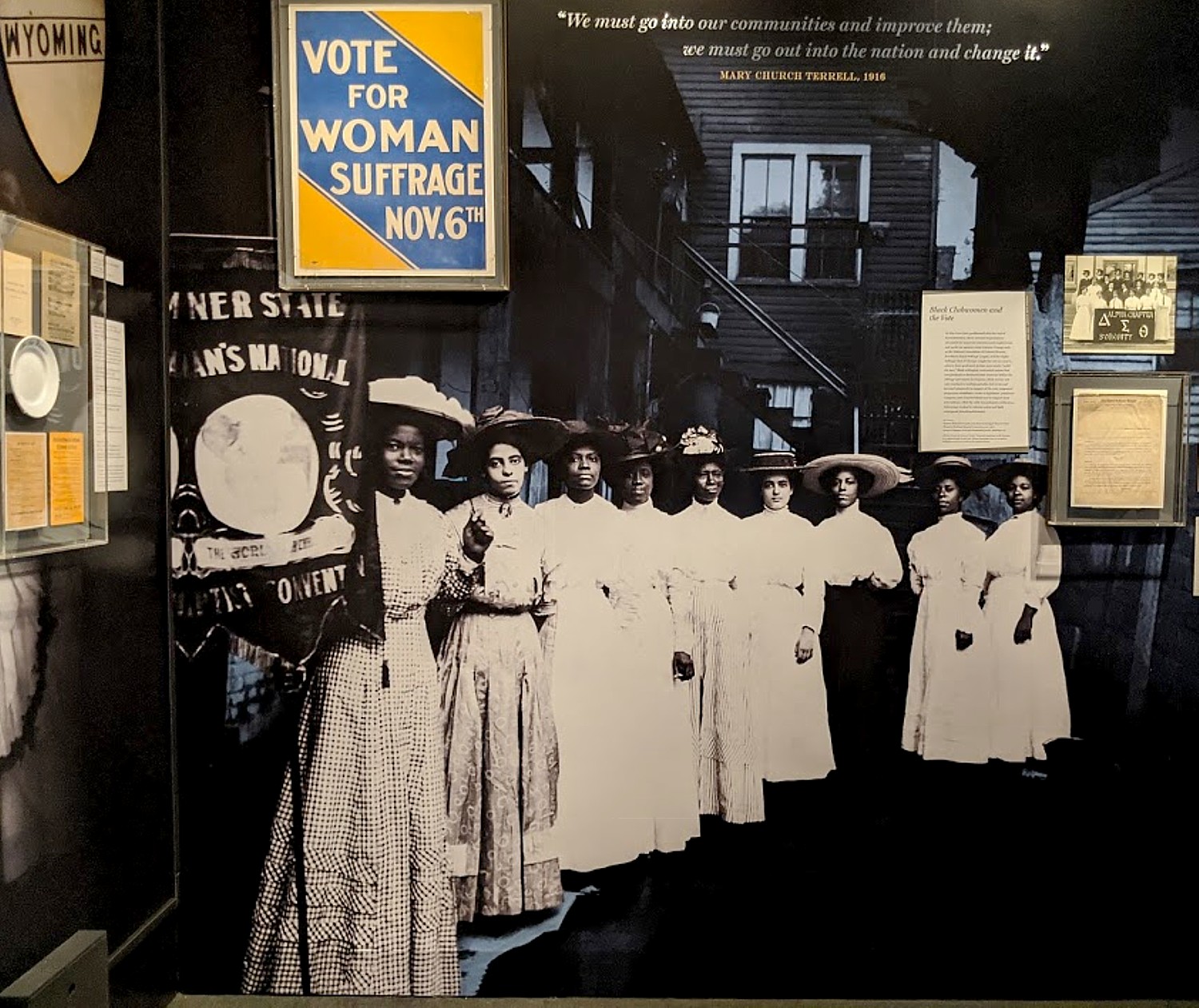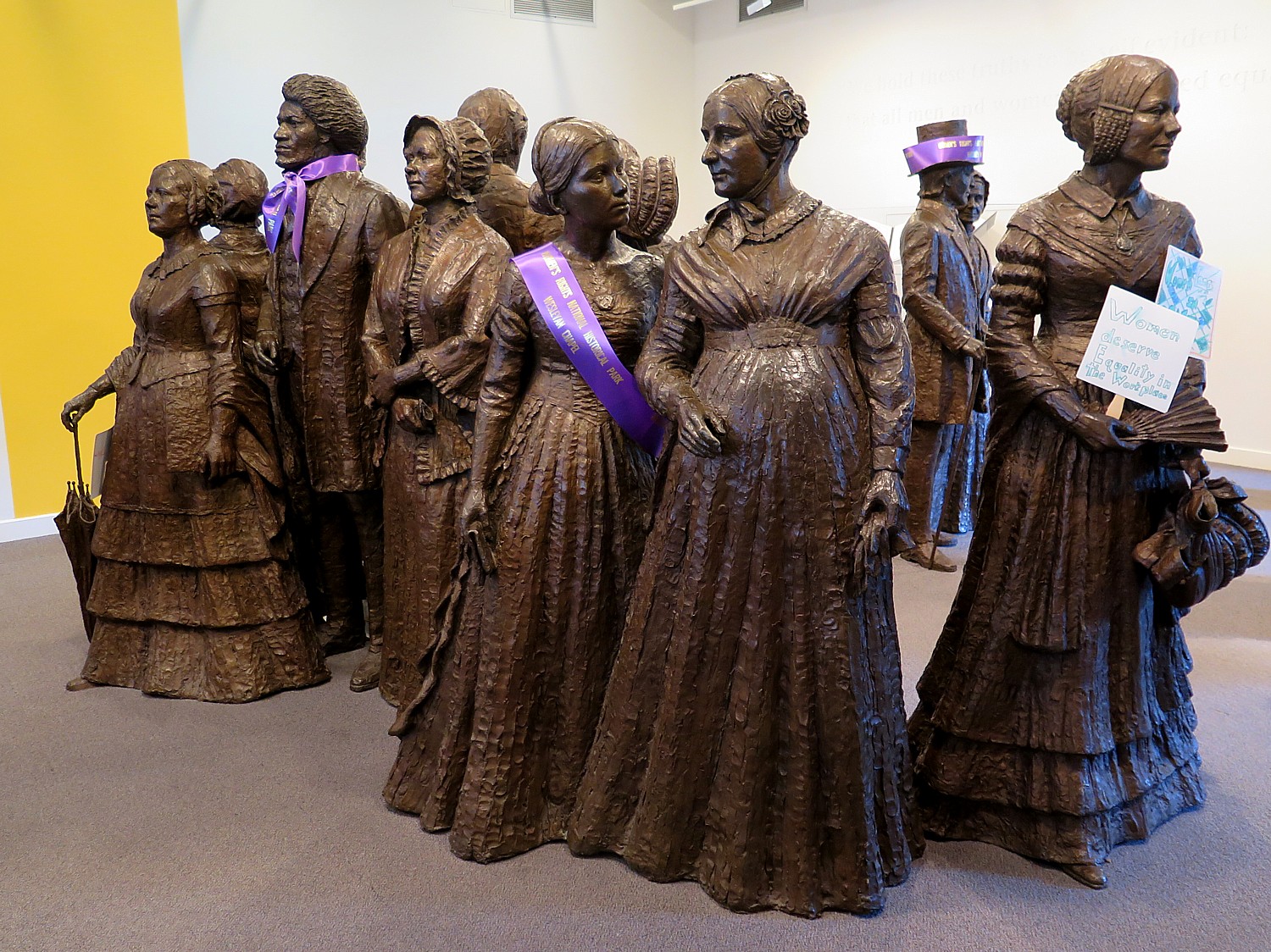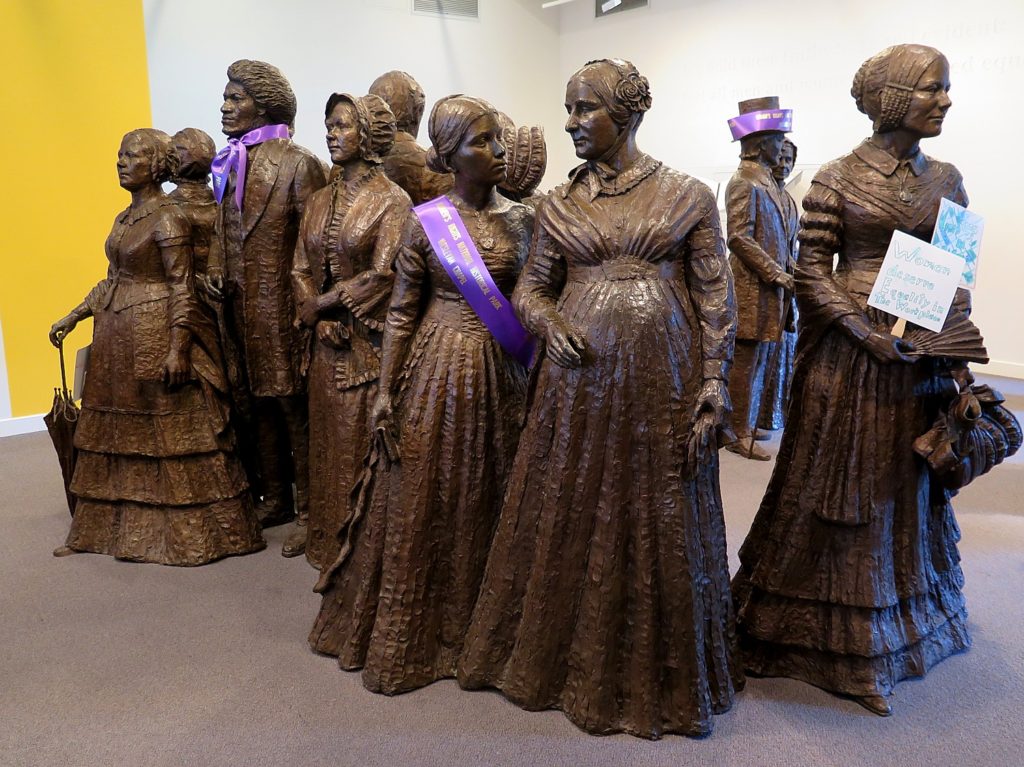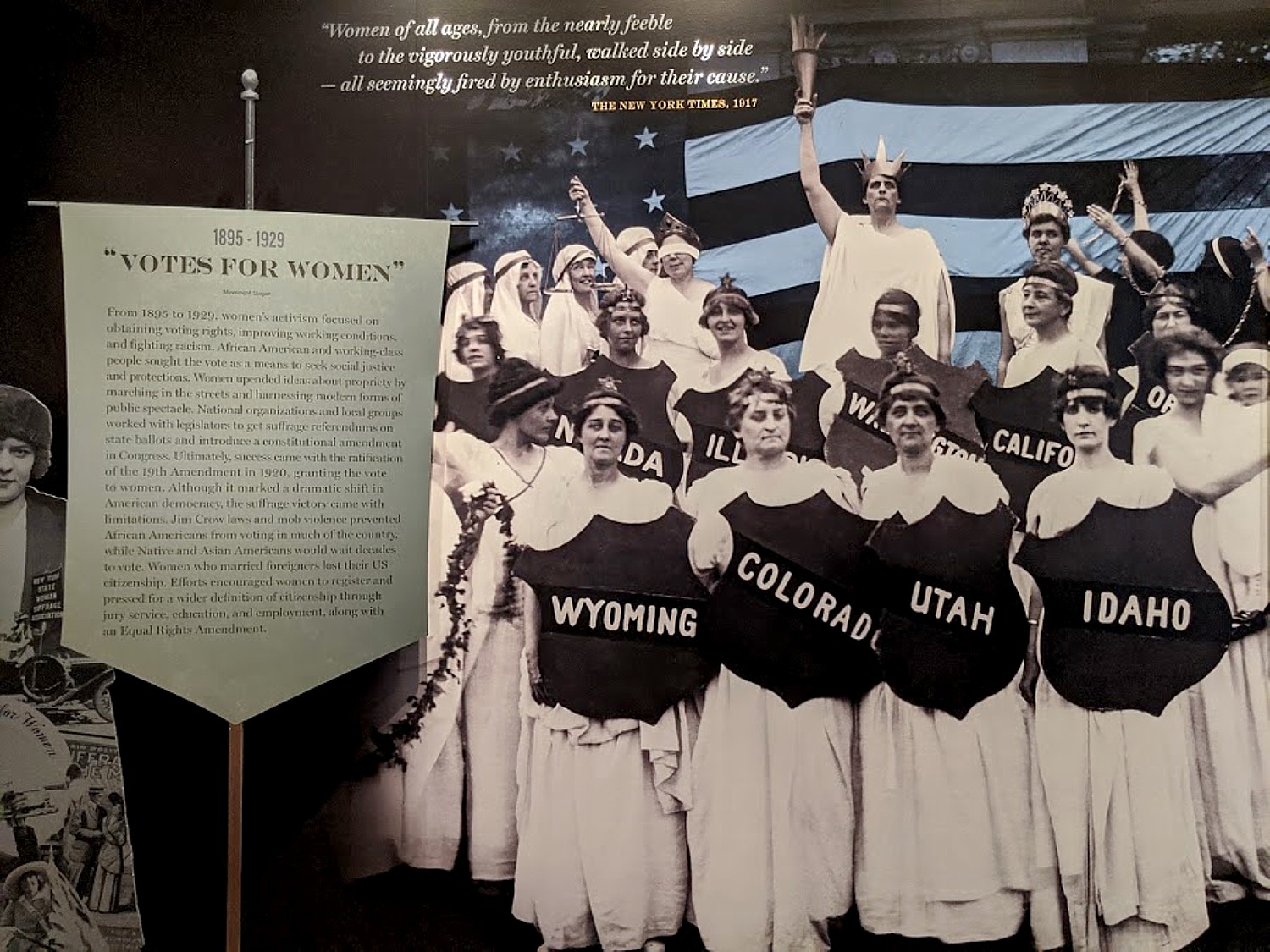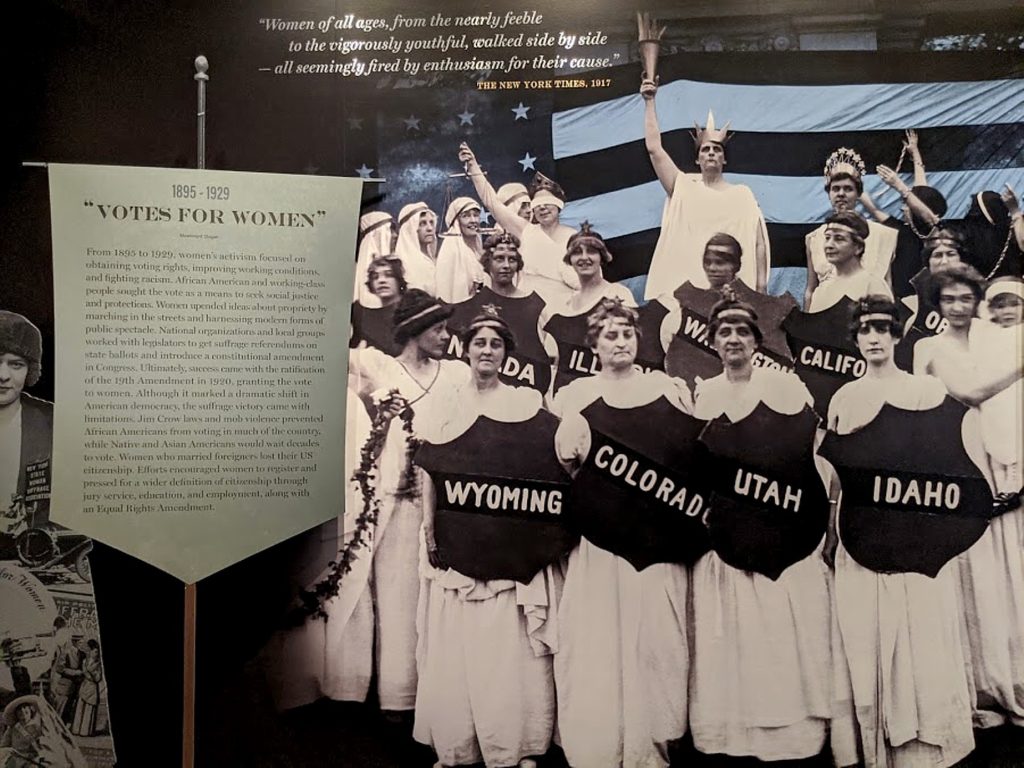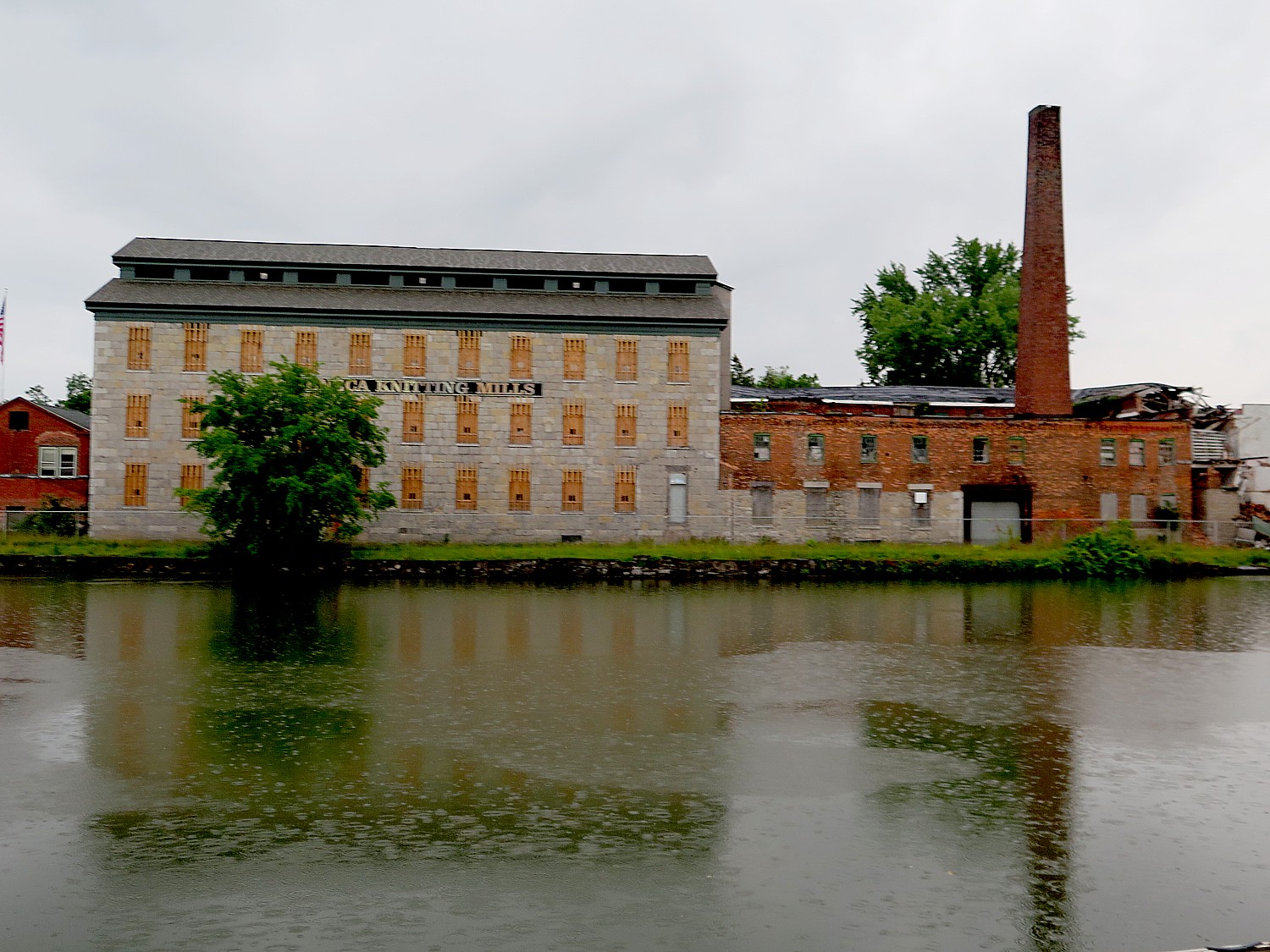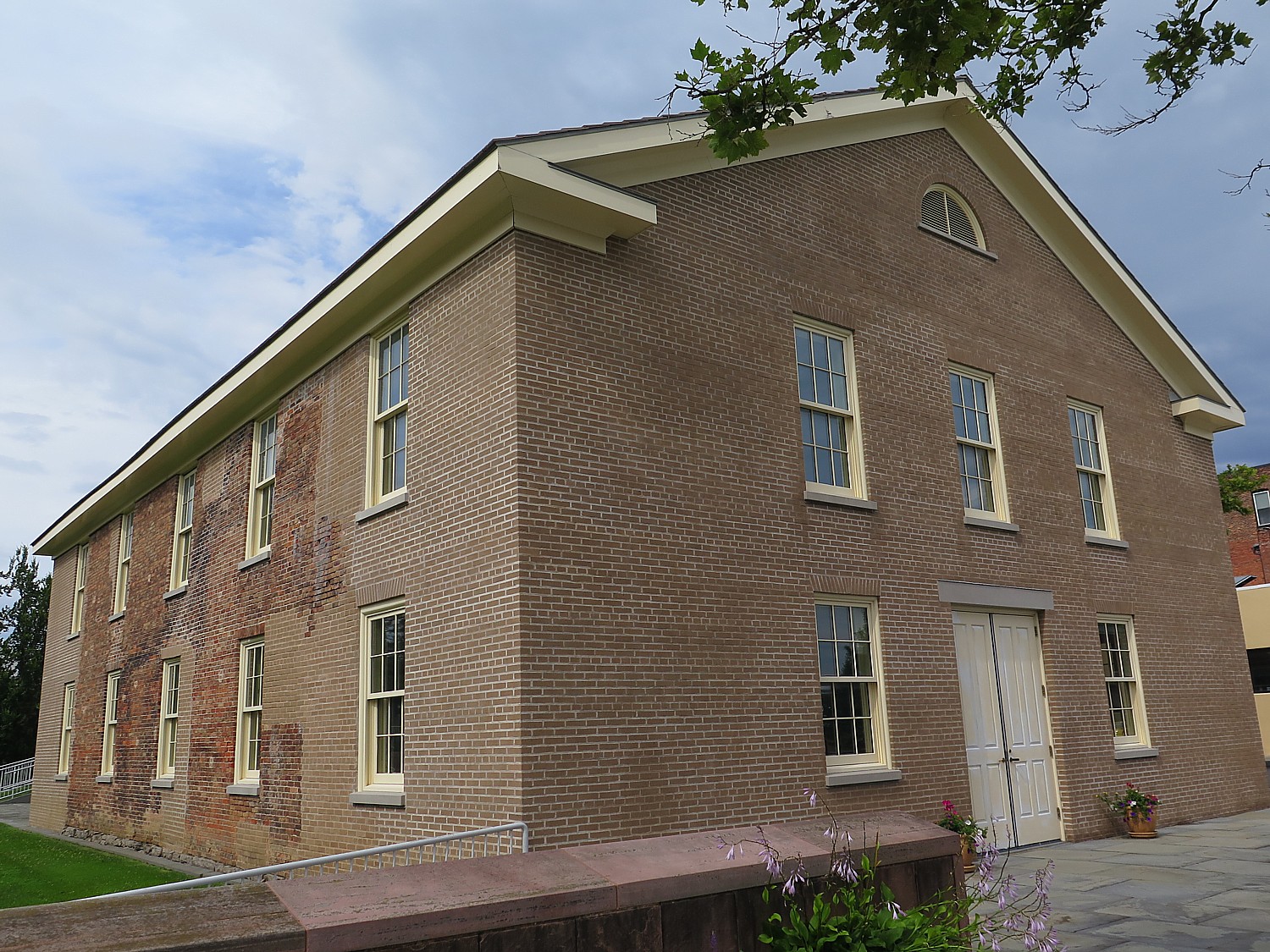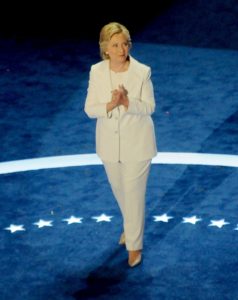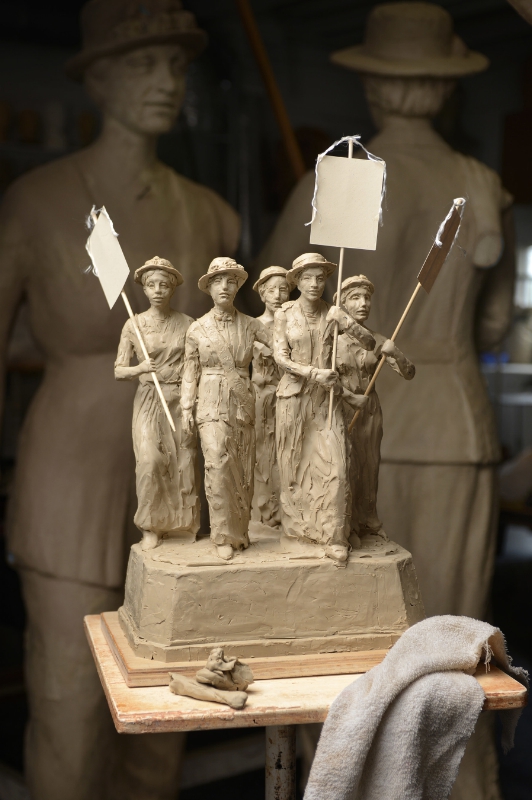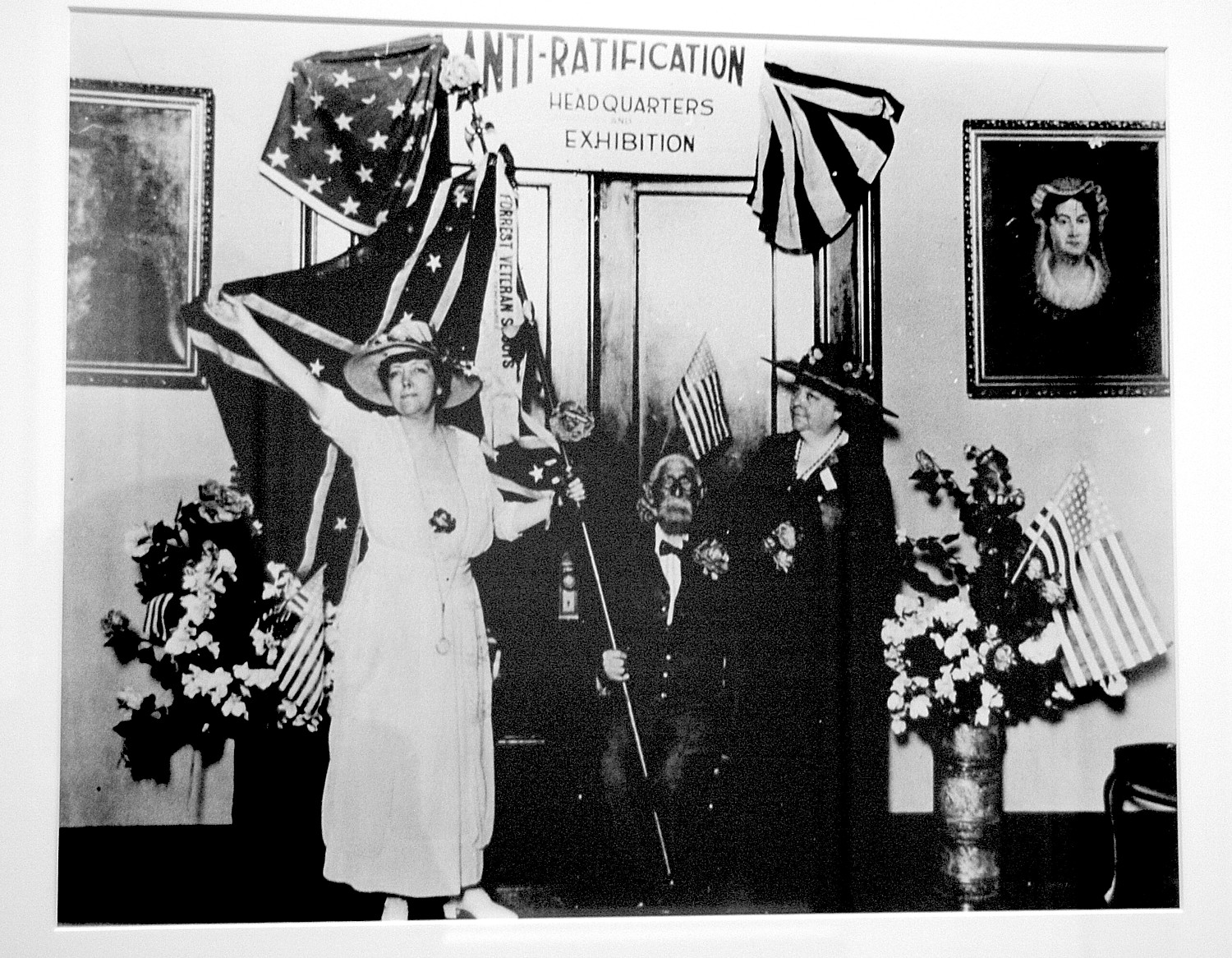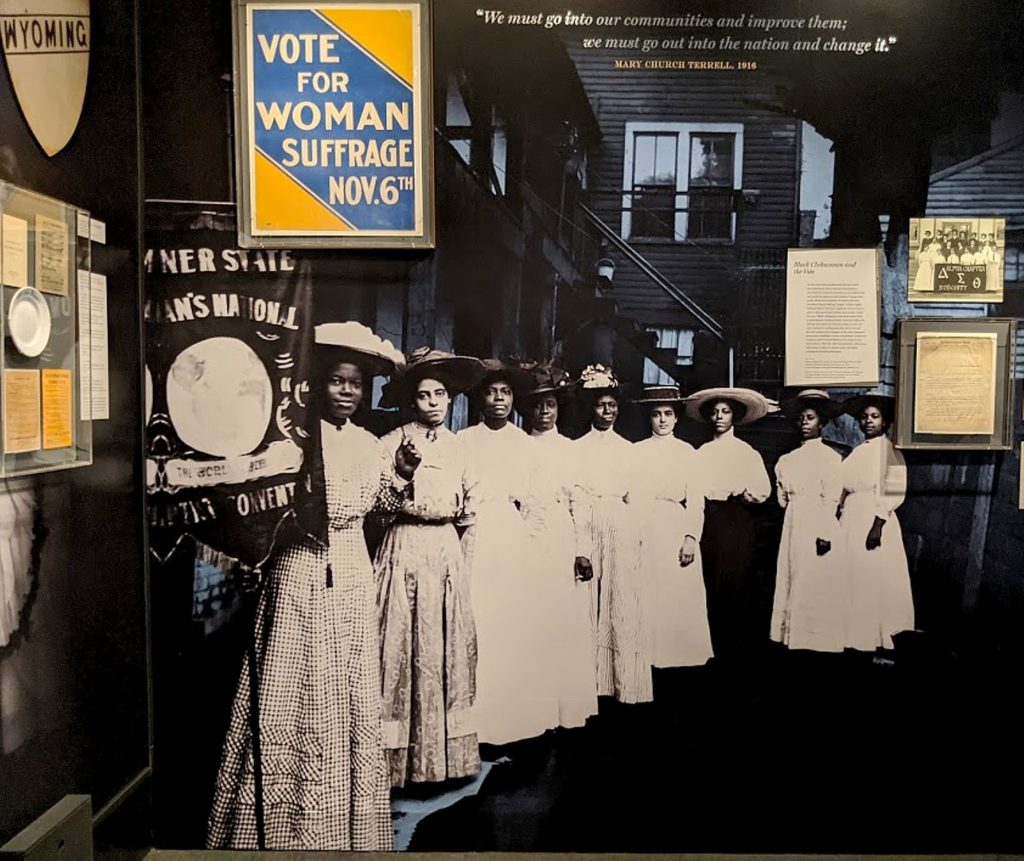
The New-York Historical Society reopens on Friday, September 11, 2020, with a full slate of exhibitions throughout the building and safety protocols in place for visitors and staff. The three-day opening weekend celebrates New York’s resilience with a special digital installation titled World Trade Center Four Decades: Photographs by Camilo José Vergara, a free virtual public program about 9/11, and joining institutions across the city by lighting up its façade as part of “Tribute in Lights.” The Museum has extended a number of special exhibitions, including Bill Graham and the Rock & Roll Revolution; Women March; Colonists, Citizens, Constitutions: Creating the American Republic; and The People Count: The Census in the Making of America.
On display September 11-13, World Trade Center Four Decades: Photographs by Camilo José Vergara showcases more than 40 digital photographs depicting the World Trade Center from the south, east, and west, chronicling its changes over half a century―from the early days of the Twin Towers’ construction in the 1970s, to their dominance of the skyline in the 1980s and 1990s, to the emptiness of the city’s horizon in the aftermath of the tragic events of September 11, 2001, to the slow rebuilding process that followed. On September 11 at 6 pm, a free, online program, History Responds: Pondering the Present, Revisiting the Past, recounts the advent of New-York Historical’s History Responds collecting initiative in the wake of the tragic events of September 11, 2001. The conversation features Valerie Paley, senior vice president and chief historian at New-York Historical and director of the Center for Women’s History; and Kenneth T. Jackson, Barzun Professor Emeritus of History at Columbia University and president emeritus of New-York Historical.
Also on view outdoors in the Museum’s rear courtyard is the free exhibition Hope Wanted: New York City Under Quarantine, which documents the experiences of New Yorkers across the five boroughs during the height of the pandemic. And opening October 23 as part of the Asia Society Triennial: We Do Not Dream Alone—a multi-venue festival of art, ideas, and innovation—New-York Historical and Asia Society Museum present their first ever collaborative exhibition, Dreaming Together, featuring side-by-side pairings from New-York Historical’s American art collection and Asia Society’s contemporary Asian art holdings.
“We are so pleased to once again welcome visitors to the indoor spaces of New-York Historical’s home on Central Park West,” said Dr. Louise Mirrer, president and CEO. “We have made our building safe through rigorous processes and protocols, and our staff has undergone extensive training to ensure that these safety measures are strictly enforced and respected by all. As the city’s oldest museum, New-York Historical has for 216 years served a vital role in chronicling the city and nation’s history, from New York’s emergence from the ruins of British occupation at the end of the Revolutionary War to the major metropolis the city is today. We are proud to welcome visitors again to engage in and enjoy learning about history, as the city itself comes back to life.”
New-York Historical’s new hours are Fridays, 10 am – 8 pm; and Saturdays and Sundays, 11 am – 5 pm. (Fridays 6 – 8 pm are pay-as-you-wish.) Special Member access will be offered every Friday 10 – 11am, and on September Thursdays 11am – 5pm. Seniors and immune-compromised visitors are also welcome on those dates. The DiMenna Children’s History Museum and Audubon’s Birds of America Focus Gallery will remain temporarily closed to visitors. Enhanced sanitizing and cleaning protocols, increased air filtration, and other safety measures have been implemented, and temperature screenings and face coverings are required for entry. Physical distancing will also be enforced: Attendance has been reduced to 25% of typical capacity, and timed-entry tickets can be booked online at nyhistory.org. Additional details about safety protocols can be found at nyhistory.org/safety.
Since New-York Historical closed to the public on March 13 to help contain the spread of COVID-19, it has been actively collecting during these unprecedented times through its History Responds initiative, documenting the pandemic and the Black Lives Matter protests in New York City. For more details on its ongoing collecting efforts and how to donate items, visit nyhistory.org/history-responds.
Exhibitions on View
In addition to permanent exhibitions like the Gallery of Tiffany Lamps, Objects Tell Stories, and Meet the Presidents and the Oval Office, the following extended, special exhibitions will be on display when the Museum reopens:
· Bill Graham and the Rock & Roll Revolution, through January 3, 2021
· Women March, through January 24, 2021
· The People Count: The Census in the Making of America, through November 8, 2020
· Colonists, Citizens, Constitutions: Creating the American Republic, through February 7, 2021
· In Profile: A Look at Silhouettes, through November 29, 2020
Outdoor Exhibition: Hope Wanted: New York City Under Quarantine
Curated by writer Kevin Powell and photographer Kay Hickman, Hope Wanted comprises more than 50 photographs by Hickman and 12 audio interviews with the photographs’ subjects conducted by Powell, gathered during the team’s intensive two-day odyssey across the city on April 8–9, 2020. The free exhibition, on display through November 29 in New-York Historical’s rear courtyard (entrance located by 5 West 76th Street between Central Park West and Columbus Avenue), provides an open-air environment for visitors to view the works on display and contemplate the impact of COVID-19 on New York City. The empathetic photographs of New Yorkers and their neighborhoods across all five boroughs and the compelling interviews capture both the tragedy of the pandemic as well as the remarkable resilience of the city and its people.
The New-York Historical Society, one of America’s preeminent cultural institutions, is dedicated to fostering research and presenting history and art exhibitions and public programs that reveal the dynamism of history and its influence on the world of today. Founded in 1804, New-York Historical has a mission to explore the richly layered history of New York City and State and the country, and to serve as a national forum for the discussion of issues surrounding the making and meaning of history. New-York Historical is also home to the Patricia D. Klingenstein Library, one of the oldest, most distinguished libraries in the nation—and one of only 20 in the United States qualified to be a member of the Independent Research Libraries Association—which contains more than three million books, pamphlets, maps, newspapers, manuscripts, prints, photographs, and architectural drawings.
The New-York Historical Society is located at 170 Central Park West at Richard Gilder Way (77th Street), New York, NY 10024. Information: (212) 873-3400. Website: nyhistory.org. Follow the Museum on social media at @nyhistory on Facebook, Twitter, Instagram, YouTube, and Tumblr.
For more travel features, visit:
goingplacesnearandfar.wordpress.com
www.huffingtonpost.com/author/karen-rubin
travelwritersmagazine.com/TravelFeaturesSyndicate/
goingplacesfarandnear.tumblr.com/
instagram.com/going_places_far_and_near/
‘Like’ us on facebook.com/NewsPhotoFeatures
Twitter: @TravelFeatures
